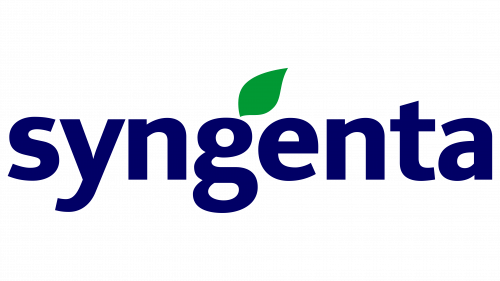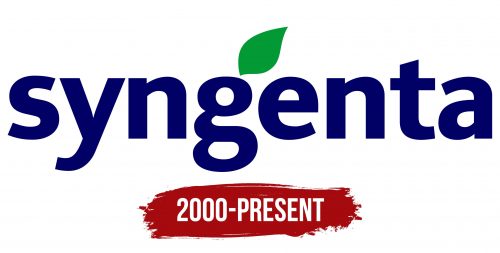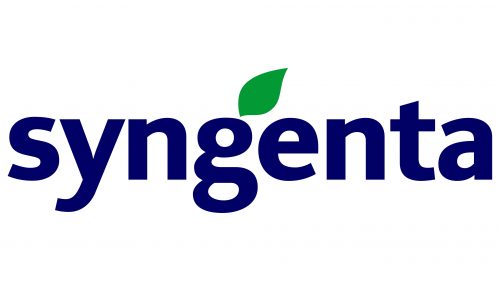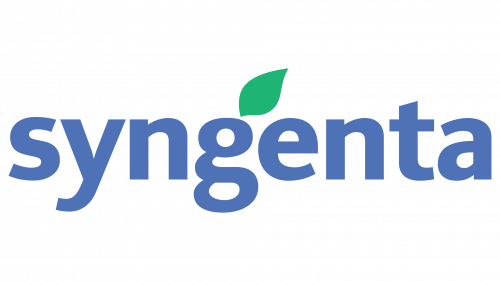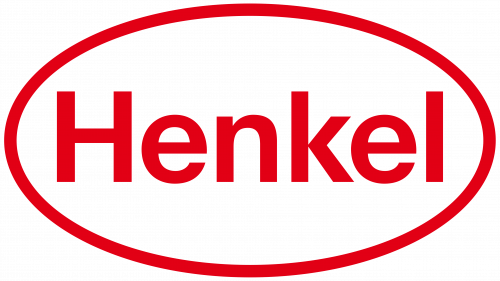The Syngenta logo is simple yet meaningful, clearly hinting at a plant-related theme. Through this design, the Swiss company represents its field of activity, which involves selling seeds and producing agricultural crop protection products.
Syngenta: Brand overview
In 2000, the Swiss corporation Novartis and the British company AstraZeneca merged to form Syngenta, marking the beginning of the company’s history. This merger brought together two major leaders in agricultural technology, combining their extensive experience and resources to create one of the largest agrochemical firms in the world.
The new company’s headquarters were in Basel, Switzerland. Combining the Greek terms “syn” (together) and “genta” (people), “Syngenta” was chosen to represent the notion of bringing people together to promote agriculture.
During its first year of operation, the firm concentrated on combining the cultures and business procedures of its two parent companies. This difficult process involved combining global distribution networks, production plants, and research centers.
The company debuted its first comprehensive range of seeds and crop protection products in 2001. The “from seed to harvest” approach proved crucial in enabling it to provide farmers with all-inclusive crop yield-boosting solutions.
A key acquisition occurred in 2002 when the company purchased Zeraim Gedera, an Israeli seed company specializing in vegetable crops. This acquisition allowed the firm to broaden its research base and strengthen its position in the vegetable seed industry.
2004, the corporation established the Syngenta Foundation for Sustainable Agriculture to assist small farmers in developing countries. This initiative became a key component of the company’s social responsibility efforts and highlighted its commitment to sustainable agriculture.
In 2005, large sums of money were invested in research and development. The business established a new research facility in Beijing, China, demonstrating the expanding significance of the Asian market.
By acquiring Emergent Genetics in 2007, the enterprise gained a substantial advantage in the cotton seed industry. The company planned to use this acquisition to increase its footprint in important agricultural areas.
2010, the “Good Growth Plan” was introduced to lessen environmental impact and make agricultural resource use more efficient. This program set specific goals for raising crop yields, protecting biodiversity, and improving small farmers’ standard of living.
In 2013, the company purchased MRI Seed’s African seed and crop protection division to strengthen its position in the quickly expanding African market.
2015 was a year of major transitions. Big American agrochemical company Monsanto made a buyout offer, which the company turned down, creating much industry talk.
In 2016, it was announced that ChemChina, a state-owned firm in China, would purchase the business. Completed in 2017, this transaction opened a new chapter in the company’s history and became its largest overseas acquisition.
The Digital Innovation Lab was established in London in 2018, motivated by the firm’s growing emphasis on digital technology in agriculture.
In 2019, the brand reaffirmed its long-term commitment to innovation in the agricultural industry by announcing intentions to invest $2 billion in sustainable agriculture over the following five years.
With the official formation of Syngenta AG, ADAMA, and Sinochem’s agriculture division in 2020, the Syngenta Group was created. This merger strengthened the firm’s position in the global market by forming a leading agrochemical company offering a wider range of goods and services. The new organizational structure allowed the company to produce innovative agricultural solutions by making better use of resources and technologies.
Research and development spending increased in 2021. The business established an innovation center in China to create climate-resilient agricultural technologies.
The enterprise started a global campaign in 2022 to lessen agriculture’s carbon footprint. As part of the program, new crop protection products with less environmental impact were developed, and digital technologies were used to optimize resource use in farming operations.
The year 2023 was noteworthy in the biotechnology industry for the brand. The company unveiled new crop types with enhanced tolerance to pests and drought created using cutting-edge genetic engineering techniques. These changes were made to raise yields in the areas most impacted by climate change.
In 2024, the company increased its market share in digital agriculture by purchasing multiple businesses that specialized in AI and machine learning for the agriculture industry.
The company’s objective to improve food security and the sustainability of agricultural output was upheld as it aggressively adjusted to the changing demands of global agribusiness.
Meaning and History
What is Syngenta?
It is an agro-industrial company headquartered in Switzerland that specializes in producing plant protection products and seeds. The company is known for its research and development in agricultural science to improve crop yields. It offers a wide range of products, including herbicides, insecticides, fungicides, and seeds for various crops. The brand aims to help farmers worldwide increase productivity and profitability by promoting sustainable agricultural practices.
2000 – today
The Syngenta emblem is a wordmark subtly enhanced by a discreet graphic element. It looks professional because it effectively conveys the company’s connection to its field. Behind the modest minimalism lies a vast world of plants, encompassing all stages of their development—from planting to protection. The logo’s simplicity and lightness leave a positive impression.
The inscription represents the name of the seed and chemical manufacturer. It uses an extra-bold font with an elegantly curved “g,” reminiscent of a sprout emerging from a seed just before it breaks through the soil. The letter features neatly rounded ovals with ample internal space, making it stand out clearly among the other glyphs.
Additionally, the “g” is highlighted by a small leaf positioned above it. This design choice makes the letter prominent and the emblem more meaningful. It reflects the Swiss company’s concept of comprehensive care for plants—from planting to their growth. The leaf tilts playfully to the right but doesn’t infringe on the neighboring “e.”
The font used for the logo is lowercase. Several factors influence this choice:
- It signifies the brand’s customer-centric approach and commitment to a friendly consumer relationship.
- This typeface suggests the broad accessibility of plant cultivation and care products.
- The lowercase glyphs resemble small seeds, aligning with the company’s products.
The bright green leaf above the inscription strongly indicates the company’s industry. It symbolizes energy, life, growth, the value of innovation, and continuous progress. As a result, the trademark looks very professional, with its theme subtly expressed, indirectly hinting at nature.
The rich blue color adds a sense of reliability and optimism. It also points to development (in the form of forward movement) and specifically relates to the manufacturer rather than the plants. Combining the traditional colors of the sky, water, grass, and greenery makes the emblem timeless.
